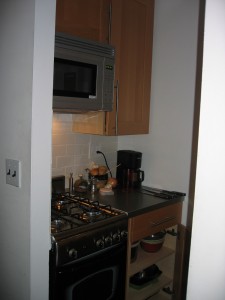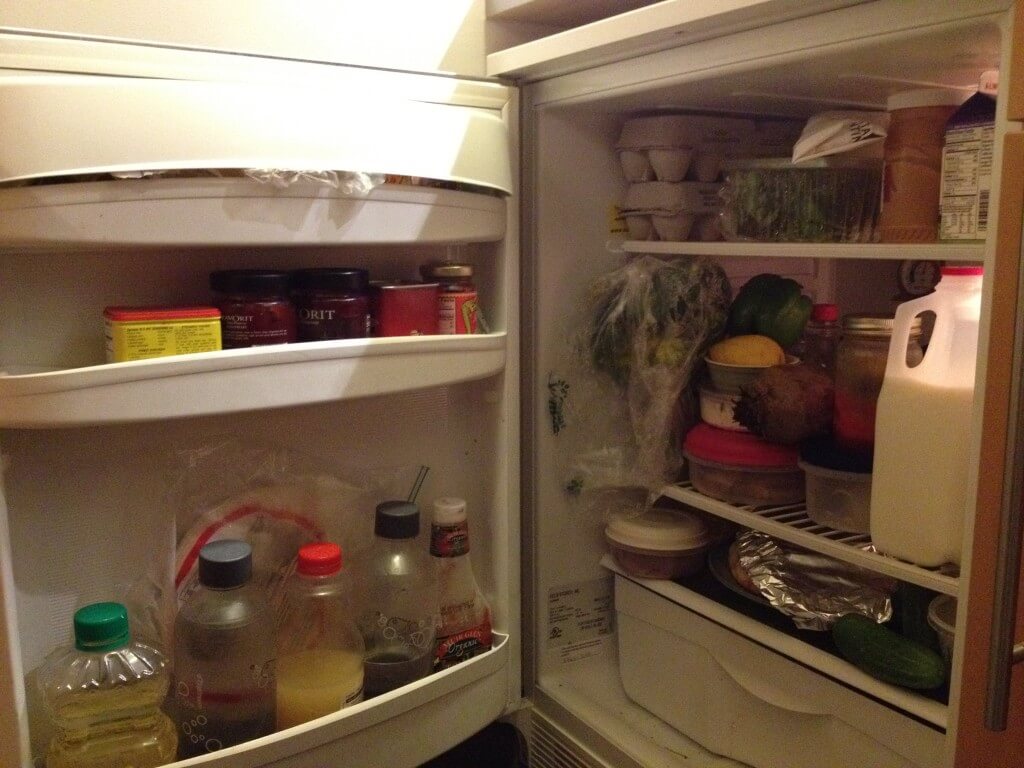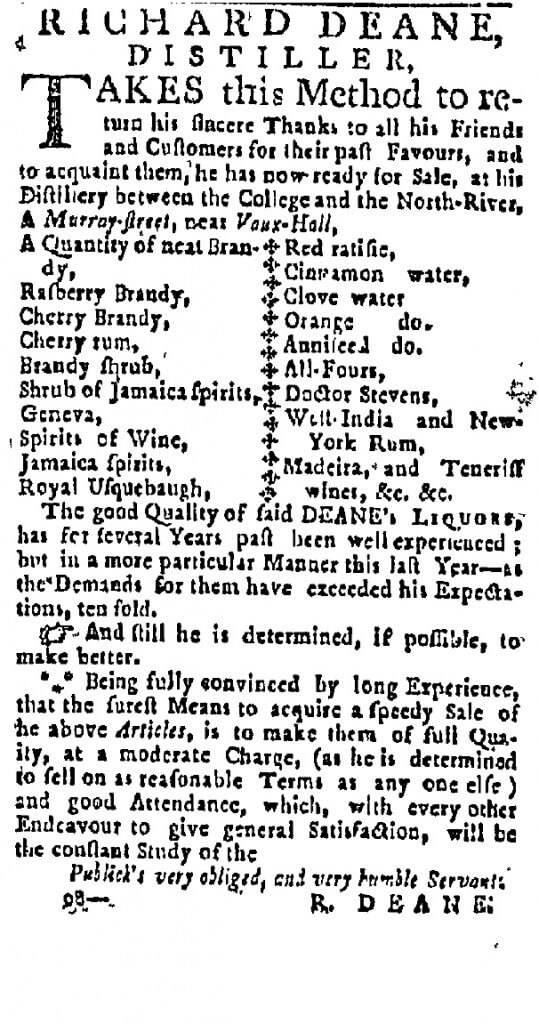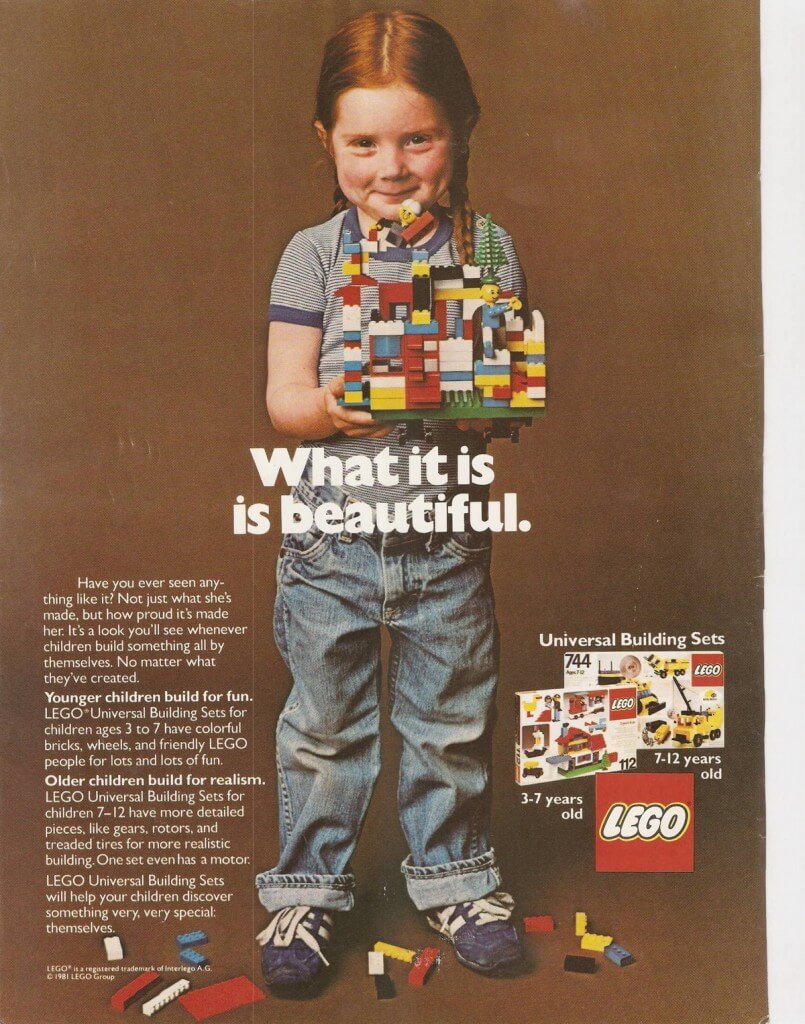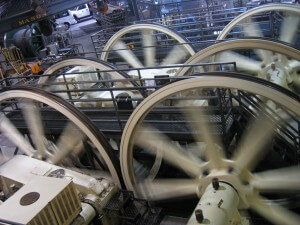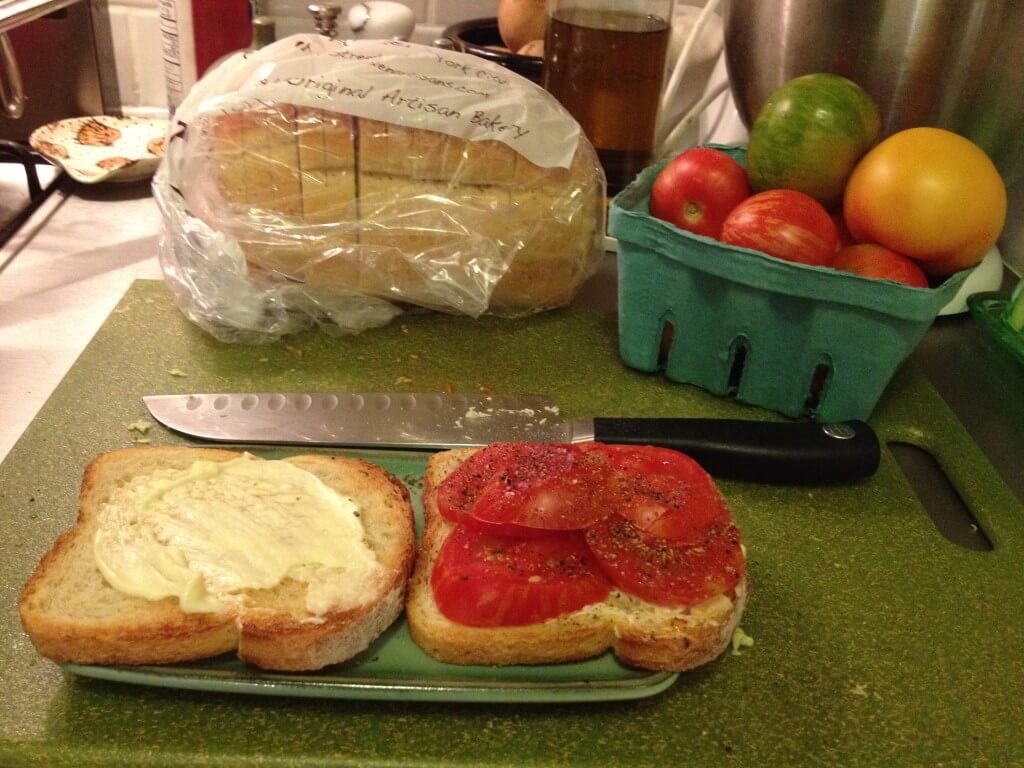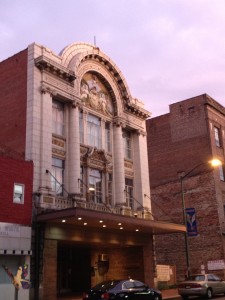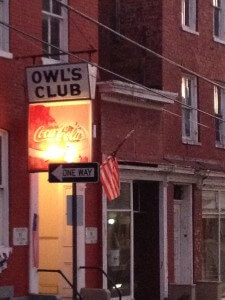In researching the lives of indentured and enslaved women during the 18th century, I’m trying to rebuild their communities, to better understand their lives. See my article ‘Had on When She Went Away . . .’: Expanding the Usefulness of Garment Data in American Runaway Advertisements 1750–90 through Database Analysis.

A nineteenth century building at 34 Front Street that replaced the building where Mary Cawlfield worked. RL Fifield 2010.
So when Dr. V and I spent the weekend in Philadelphia, I devised a runaway scavenger hunt. I love Old City Philadelphia. It’s the 18th century layered over with later commercial enterprises, giving a sort of Soho feeling to this part of town, plus good food and the National Park Service. What more could you want?
Much of the traffic in indentured servants was through Philadelphia. Indentured servants were hardly found in New England in the late 18th century, Maryland took in convicts, and most of the South had switched to slave labor by the time of my study. Most of the information in the Runaway Clothing Database focuses on Philadelphia. I took a map of Philadelphia’s Old City, and started to plot where servants lived as listed in their runaway advertisement. Then Mr. V and I went to photograph what stands there today.
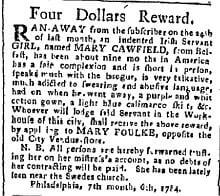
The Pennsylvania Packet, and General Advertiser; Date: 07-15-1784. American Antiquarian Society America’s Historical Newspapers.
Have some fun discovering the old Philadelphia community with online mapping resources I’ve listed in this blog post, Historic Philadelphia Mapping Resources.

